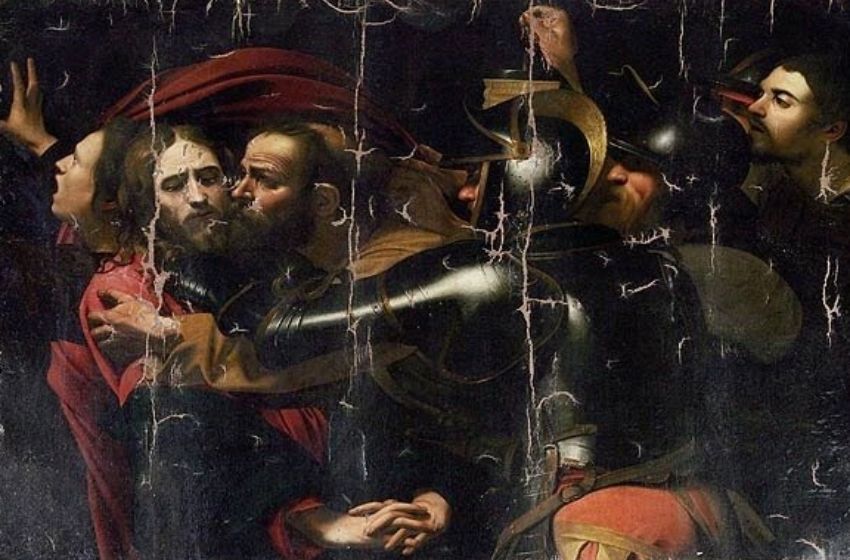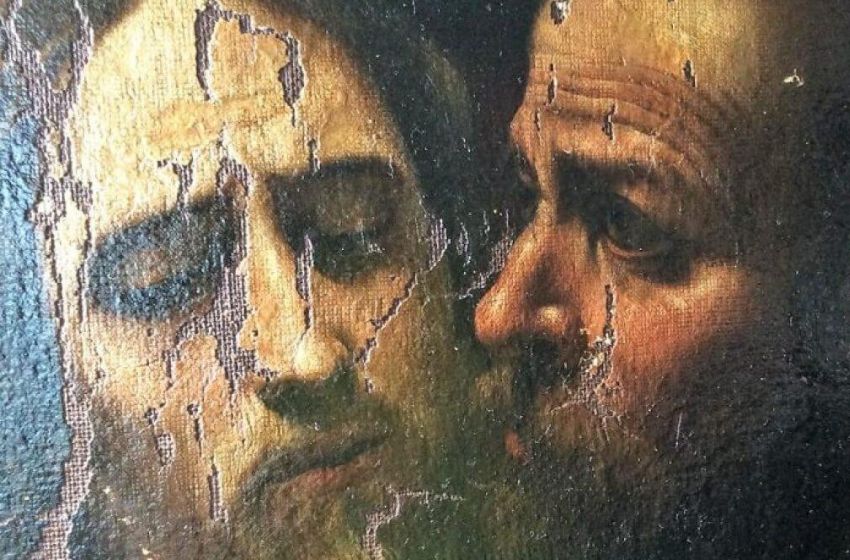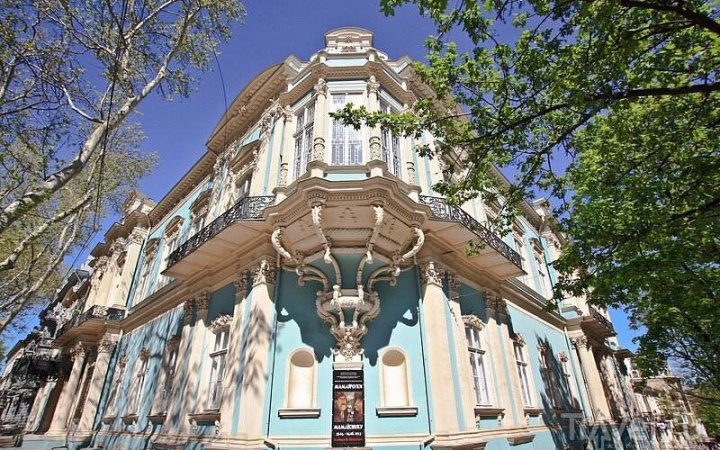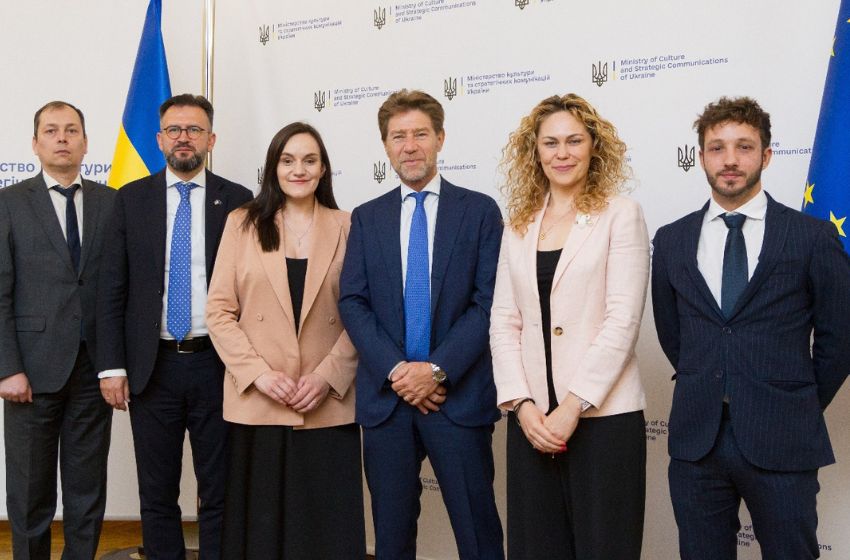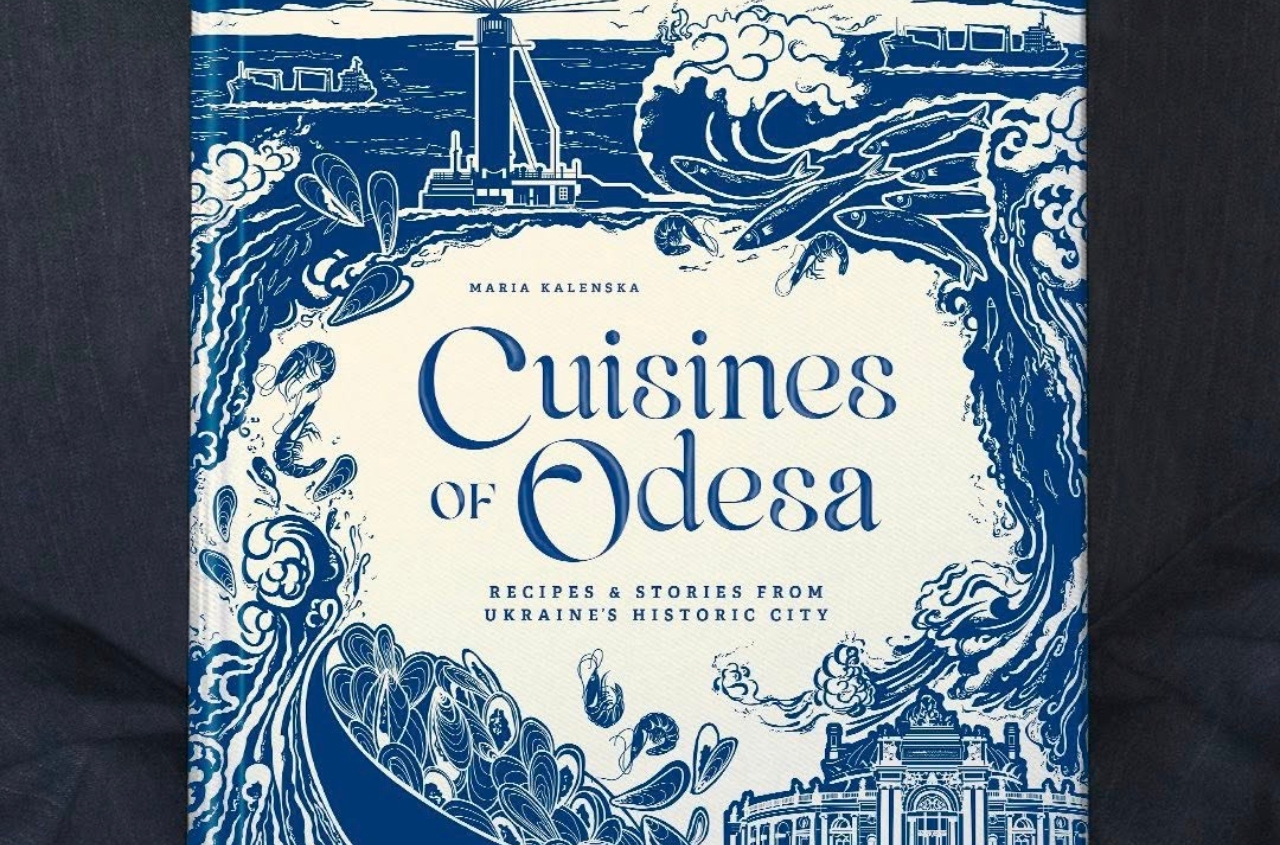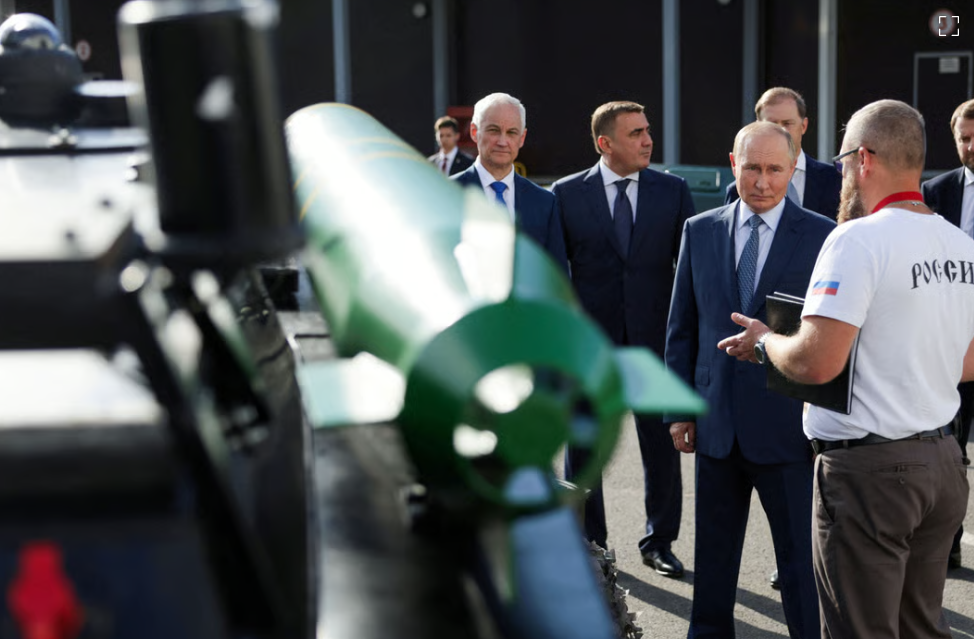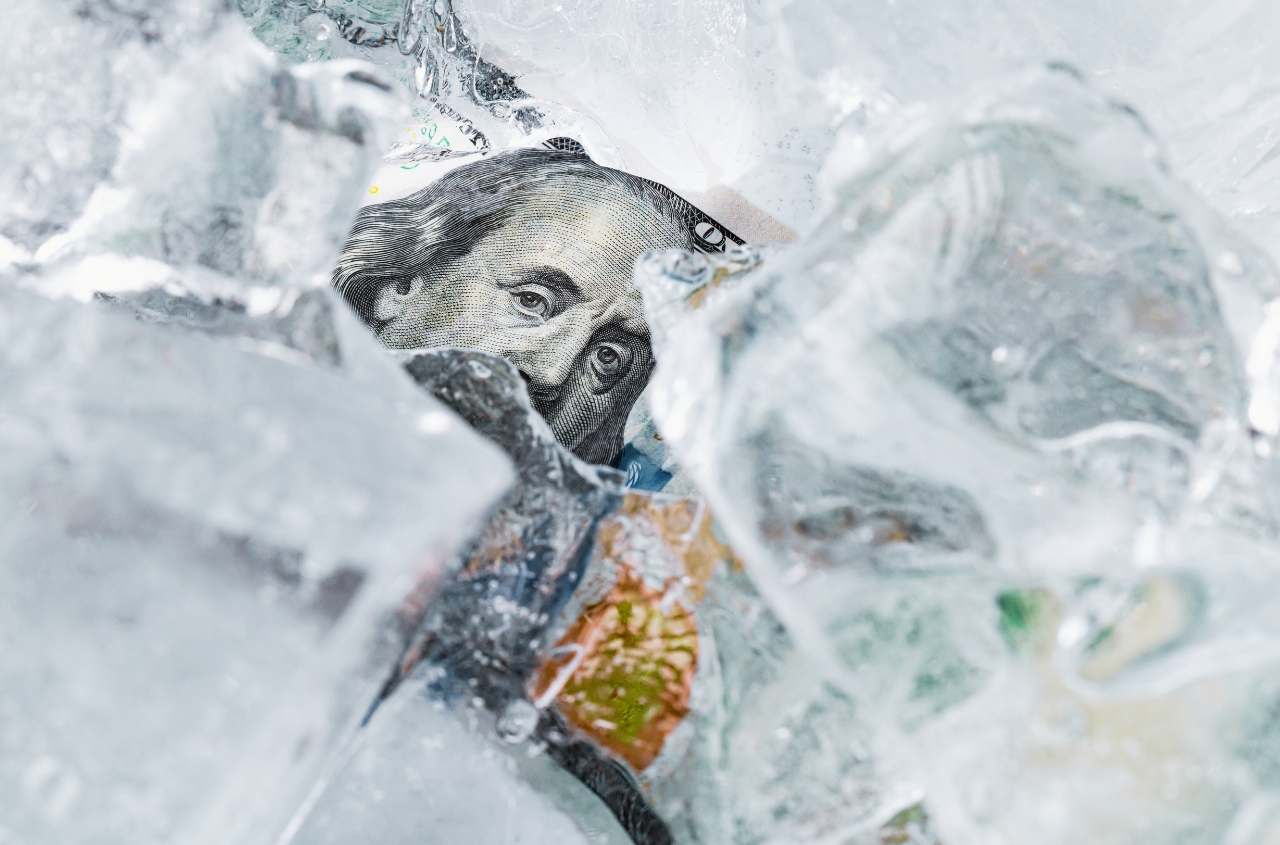After years of tug-of-war between Kyiv and Odessa, the painting The Taking of Christ (also known as The Kiss of Judas), attributed to the famous Italian painter known as Caravaggio, can finally return to the Odessa museum from which it was stolen. The Podilskyi District Court of Kyiv has revoked the painting’s status as material evidence, which had kept it impounded.
The painting was stolen on 30 July 2008 from the Museum of Western and Oriental Art in the Black Sea city, but it was recovered in Berlin in 2010 along with the gang of thieves, who were arrested.
In March 2025, the Barberini Gallery in Rome inaugurated a major exhibition dedicated to Caravaggio and requested to display The Kiss of Judas. However, the canvas was not made available because it was still classed as evidence in the theft trial. Fifteen years after its recovery, the case should already have been closed due to the statute of limitations, but hearings were repeatedly postponed.
The insured value of the painting is €5 million, according to Igor Poronik, director of the Museum of Western and Oriental Art. Not all experts agree in considering the canvas a work by Michelangelo Merisi da Caravaggio. A version of the painting, dated 1602 and considered authentic, is held in the National Gallery of Ireland, Dublin.
The Odessa painting required delicate restoration work in Kyiv, with the contribution of expert restorers from Italy, due to its poor state of preservation in the court’s storage facilities and the damage it sustained during the theft.
Security concerns remain in Odessa, which is regularly targeted by Russian missile and drone attacks. “Of course, we cannot bring Caravaggio’s masterpiece back to Odessa at this moment,” said Igor Poronik. “We are finalising an agreement with the Lithuanian National Museum of Art.” The painting will therefore first travel to Vilnius, then to the museum’s branches in Klaipėda and Palanga.
Ukraine’s acting Minister of Culture, Tetyana Berezhna, has pledged her support for the process and confirmed that all costs will be covered by the Lithuanian side. For around a year and a half, the painting will tour Lithuania before, if the war is still ongoing, travelling on to Italian museums.
